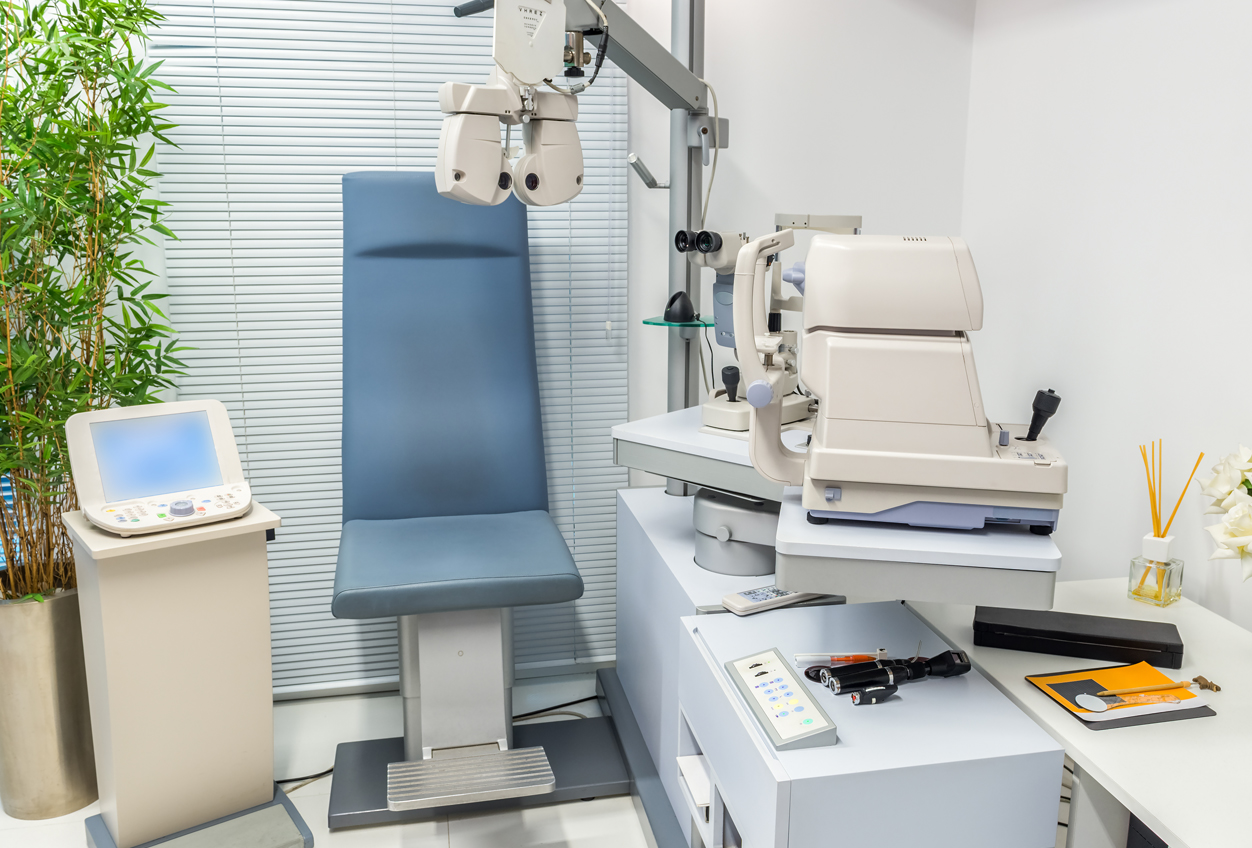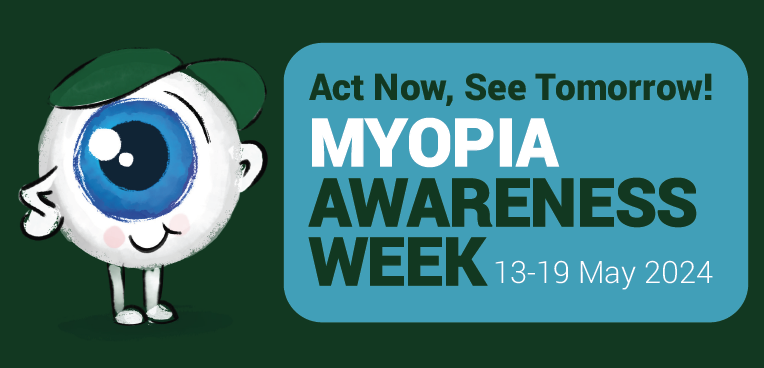
Thomas Naduvilath, MSc Biostatistics, PhD
BHVI
School of Optometry and Vision Science, UNSW
Currently, there are multiple options to slow myopia, including progressive addition lenses, multifocal contact lenses, peripheral defocus spectacles, multi-segment spectacles, orthokeratology, and various concentrations of atropine. However, at an individual level, a patient and their caregiver are mostly concerned about whether a chosen option effectively controls their myopia. It requires that the practitioner provide information on whether a specific option would help their circumstance and, once the treatment begins, to provide feedback on its performance. In this regard, certain infographic tools, such as MyopiaProfile.com, are useful in gauging success on an annual basis.1 However, the progression estimates in such infographics are averaged to an age group of 3- to 5-year-olds, which could be a limitation to a patient needing more precise age-specific estimates.
In myopia management, commonly used outcomes that measure the success of treatment are change in spherical equivalent (sphere + cylinder/2) and axial length elongation. 2,3 Unlike treatments for other ocular disorders such as cataract and glaucoma, where efficacy can be measured within weeks, myopia treatments usually require a much longer follow-up, possibly a minimum of a year, as seasonal variations have also been found to affect progression.
Spherical Equivalent (SE)
The use of SE to monitor progression has the advantage of being a functional endpoint that translates to quantifiable prescription changes for the patient. However, SE progression is significantly affected by patient factors such as age, ethnicity, baseline refractive error, and, to a smaller extent, by parental myopia and gender. Therefore, quantifying efficacy at an individual level requires an understanding of progression relative to these demographic factors. For example, an annual SE progression of approximately 0.50D in a young Asian child wearing single-vision spectacles may be expected. In contrast, a similar rate of progression in a Caucasian child may indicate faster progression.
A simple tool based on progression data from myopic kids and meta-analyzed ethnic differences is the BHVI myopia calculator.4 It provides progression estimates and confidence bands based on ethnicity, starting age, and refractive error, and it is a starting point to evaluate efficacy. Once a myopia management treatment strategy is chosen, the calculator then generates an additional curve based on expected efficacy. This estimate is a group estimate that applies across the entire age range and is provided as an indicative guide for efficacy.
How can this information be used? For example, a Caucasian child aged 8 years, -0.50D without myopia control is estimated to progress to approximately -1.10D at 9 years and -1.60D at 10 years. In other words, the progression is -0.60D and -0.50D for the first and second year, respectively. This may then be used to compare the individual’s observed progression as set out in table 1, where progression is measured as change in SE from starting age (8), “Absolute efficacy” is the observed – expected difference in SE progression, and “Efficacy %” is absolute efficacy / expected progression. A negative percentage indicates the efficacy of myopia treatment. The Efficacy % can be compared to published data and tracked over time.
Table 1. Caucasian child, 8 years old, starting RE: -0.50D.
| Age | Expected SE (D) | Observed SE | Absolute Efficacy | Efficacy % | ||
|---|---|---|---|---|---|---|
| SE (D) | Progression (D) | SE (D) | Progression (D) | |||
| 8 | -0.50 | 0 | -0.50 | 0 | - | - |
| 9 | -1.10 | -0.60 | -0.80 | -0.30 | 0.3 | -50% |
| 10 | -1.60 | -1.10 | -1.20 | -0.70 | 0.4 | -36% |
Axial Length (AL)
Although AL change as a measure of myopia progression has been limited in clinical practice, it is growing in importance.
Mutti et al. reported that non-myopic children who became future myopes had a similar starting point for AL compared to the rest of the non-myopes but were starkly different in their annual rate of change.5 The AL of emmetropes increased at a rate of 0.1mm per year over a 10-year period, and myopes had a rate that was twice as much (0.23mm / year). Furthermore, the change in AL in future myopes was at least 50 percent higher than the emmetropes. This is clear evidence that the rate of AL change can be a strong predictor of the risk of myopia. At an individual level, this is easily computed by recording the AL at each follow-up examination. Table 2 provides an example for a child aged 8 years who was hyperopic at baseline and became myopic. The observed annual AL change is compared to the published data of 0.1mm and 0.2mm for non-myopes and myopes, respectively.
The “Efficacy %” is computed as the absolute difference / expected elongation and can be tracked over time. A negative percentage indicates myopia treatment efficacy.
Table 2. Axial length at follow-up visits for 8-year-old.
| Age |
Measurement at visit |
Expected Growth | Absolute Difference | Efficacy % | ||
|---|---|---|---|---|---|---|
| AL (mm) | Elongation (mm) | Refractive Error | Expected Elongation (mm) | |||
| 8 | 23.93 | - | Non Myope | 0.10 | - | - |
| 9 | 24.13 | 0.20 | Non Myope | 0.10 | 0.10 | 100% |
| 10 | 24.38 | 0.25 | Myope | 0.20 | 0.05 | 25% |
| 11 | 24.52 | 0.14 | Myope | 0.20 | -0.06 | -30% |
Another method to monitor efficacy is the use of AL growth percentile curves. So far, AL percentiles were reported for Europeans, ages ranging from 6 years to adulthood, and Asian children aged 6 to 15 years.6,7 Percentile curves have also been implemented into AL/refractive measurement devices such as the Myopia Master from OCULUS and the Lenstar Myopia from Haag-Streit. Such ethnic and gender-specific percentile curves provide an easy reference to monitor AL over many years. With such percentile curves, a trend of decreasing percentiles with myopia treatments would indicate treatment efficacy.
Spherical Equivalent or Axial Length
In evaluating the efficacy of myopia management strategies, there should be confidence that the treatment is efficacious at an anatomical level (slows growth) and provides functional outcomes (vision).
In evaluating myopia control treatment efficacy, the absolute value of the AL of the eye has limited use; a consistent trend or pattern with both parameters, i.e., change in AL and SE, is a strong indicator of treatment efficacy. However, in practice, there could be limitations in obtaining both, and in such instances a single measure may be relied upon.
- Gifford, K. L. (n.d.). No Title. Retrieved February 11, 2021, from https://www.myopiaprofile.com/
- Gifford, K. L., Richdale, K., Kang, P., Aller, T. A., Lam, C. S., Liu, Y. M., Michaud, L., Mulder, J., Orr, J. B., Rose, K. A., Saunders, K. J., Seidel, D., Tideman, J. W. L., & Sankaridurg, P. (2019). IMI – Clinical management guidelines report. Investigative Ophthalmology and Visual Science. https://doi.org/10.1167/iovs.18-25977
- Wildsoet, C. F., Chia, A., Cho, P., Guggenheim, J. A., Polling, J. R., Read, S., Sankaridurg, P., Saw, S.-M., Trier, K., Walline, J. J., Wu, P.-C., & Wolffsohn, J. S. (2019). IMI – Interventions Myopia Institute: Interventions for Controlling Myopia Onset and Progression Report. Investigative Ophthalmology & Visual Science, 60(3), M106–M131. https://doi.org/10.1167/iovs.18-25958
- Brien Holden Vision Institute. (n.d.). No Title. Retrieved February 18, 2021, from https://bhvi.org/myopia-calculator-resources/
- Mutti, D. O., Hayes, J. R., Mitchell, G. L., Jones, L. A., Moeschberger, M. L., Cotter, S. A., Kleinstein, R. N., Manny, R. E., Twelker, J. D., & Zadnik, K. (2007). Refractive error, axial length, and relative peripheral refractive error before and after the onset of myopia. Investigative Ophthalmology and Visual Science. https://doi.org/10.1167/iovs.06-0562
- Sanz Diez, P., Yang, L. H., Lu, M. X., Wahl, S., & Ohlendorf, A. (2019). Growth curves of myopia-related parameters to clinically monitor the refractive development in Chinese schoolchildren. Graefe’s Archive for Clinical and Experimental Ophthalmology. https://doi.org/10.1007/s00417-019-04290-6
- Tideman, J. W. L., Polling, J. R., Vingerling, J. R., Jaddoe, V. W. V., Williams, C., Guggenheim, J. A., & Klaver, C. C. W. (2018). Axial length growth and the risk of developing myopia in European children. Acta Ophthalmologica. https://doi.org/10.1111/aos.13603




